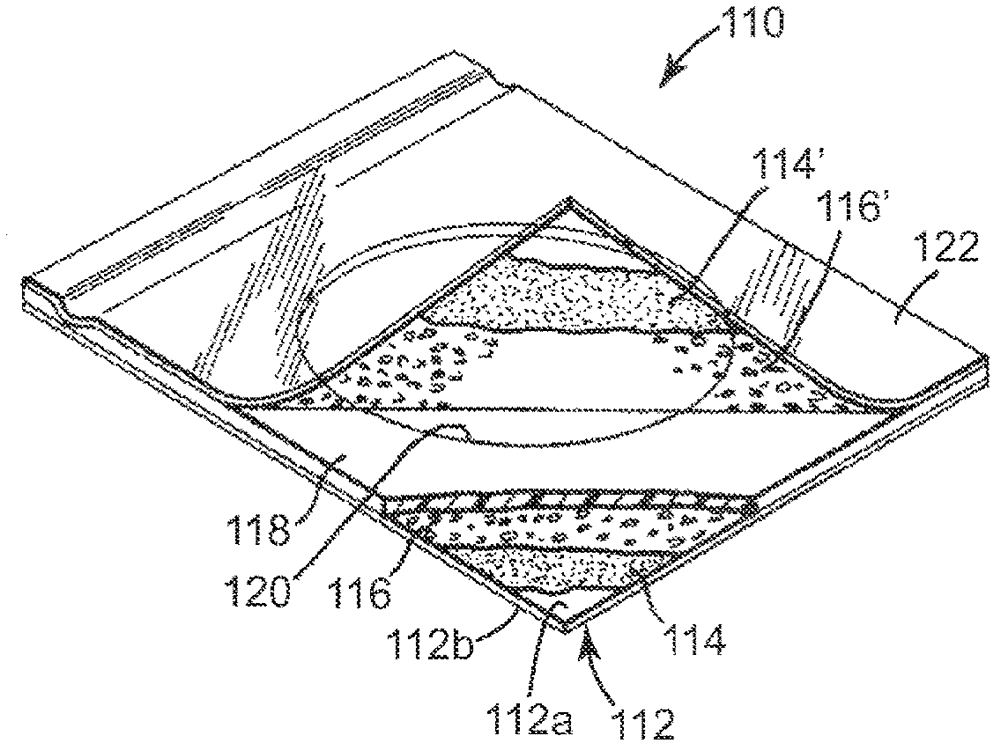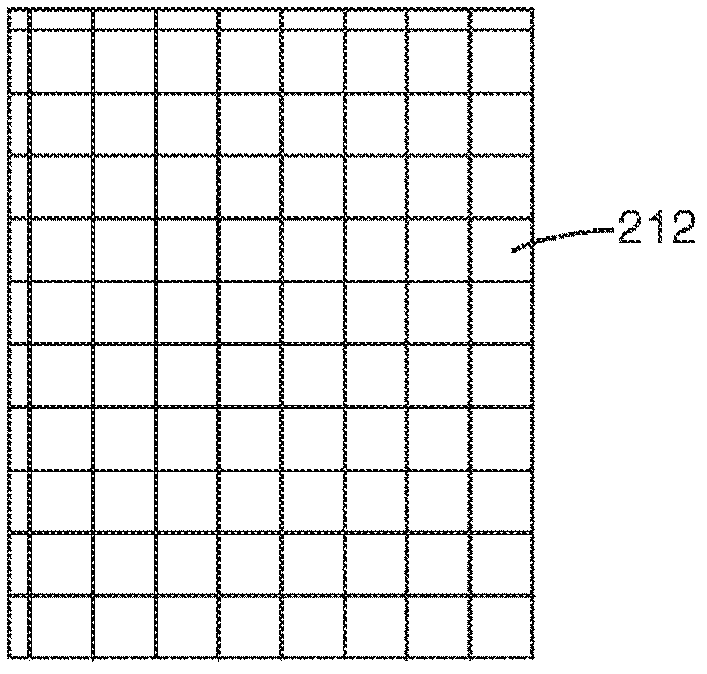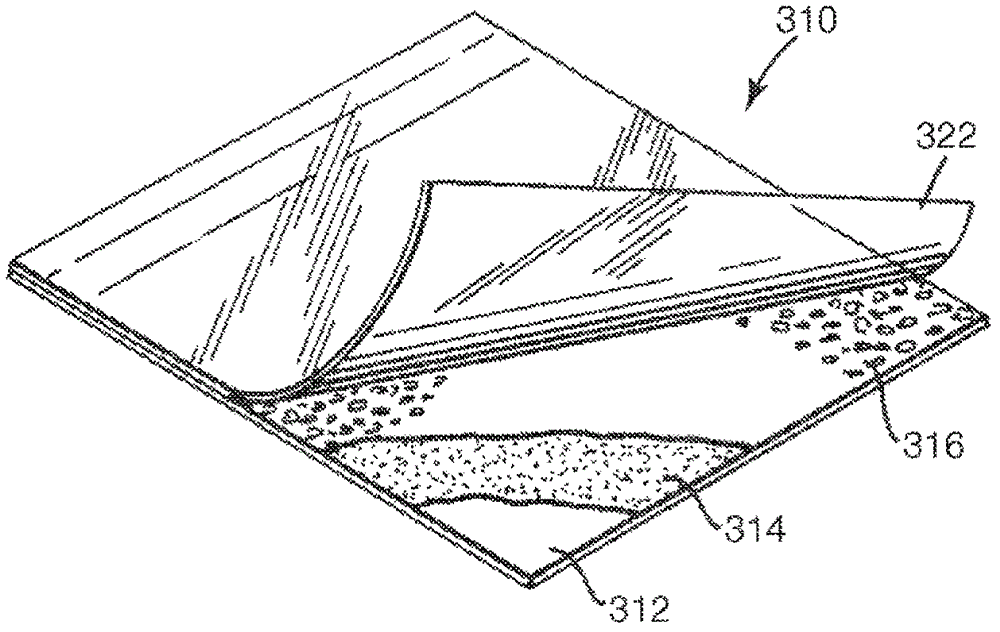Detection of acid-producing bacteria
A technology of acid-producing bacteria and culture medium, which is applied in the fields of body and surface, and can solve problems such as consumption
- Summary
- Abstract
- Description
- Claims
- Application Information
AI Technical Summary
Problems solved by technology
Method used
Image
Examples
preparation example Construction
[0125] Kits of the invention may additionally include sample preparation accessories to aid in sample preparation and / or inoculation. Non-limiting examples of sample preparation accessories include diluents, sample acquisition devices (eg, swabs, sponges, spatulas), and pipettes.
[0126] The invention will now be further illustrated with reference to the following non-limiting examples. All parts and percentages are expressed by weight unless otherwise indicated.
example 1
[0129] Detection of Lactic Acid Bacteria Isolated from Processed Meat Samples Using Bromocresol Purple pH Indicator
[0130] 3M PETRIFILM Aerobic Count plate was obtained from 3M Company (St. Paul, MN). DIFCO MRS Broth was obtained from BD-Diagnostic Systems (Sparks, MD).
[0131] Four strains of lactic acid producing bacteria were isolated from processed meat products. Two species of this culture were identified as Leuconostoc mesenteroides and Weisella viridescens, Lactococcus lactis subspecies lactis and Streptococcus oralis.
[0132] Bromocresol Purple (BCP) pH indicator was obtained from Eastman Kodak (Rochester, NY). Chlorophenol red (CPR) (CAS NO. 4430-20-0) was obtained from Sigma-Aldrich (St. Louis). The pH indicators were added separately to the MRS broth to achieve a final concentration of 0.5 mM BCP or CPR. After dissolving the pH indicator, the solution is sterilized by filtration.
[0133] Bacterial cultures were prepared by inoculating pure cultures onto ...
example 2
[0135] Detection of Lactic Acid Bacteria Isolated from Processed Meat Samples Using Chlorophenol Red pH Indicator
[0136] A concentrated solution of sterile chlorophenol red was added to the MRS dilution to a final concentration of 0.21 g / L (0.5 mM). Lactic acid bacteria cultures were prepared and diluted into the MRS / chlorophenol red solution as described in Example 1, except that Streptococcus oralis was not tested in this experiment. The diluted bacterial suspension was used to inoculate PETRIFILM Aerobic Microbial Counting Plates as described in Example 1. The plates were incubated at 30°C and visually inspected for signs of bacterial growth. The results are shown in Table 3.
PUM
 Login to View More
Login to View More Abstract
Description
Claims
Application Information
 Login to View More
Login to View More - R&D
- Intellectual Property
- Life Sciences
- Materials
- Tech Scout
- Unparalleled Data Quality
- Higher Quality Content
- 60% Fewer Hallucinations
Browse by: Latest US Patents, China's latest patents, Technical Efficacy Thesaurus, Application Domain, Technology Topic, Popular Technical Reports.
© 2025 PatSnap. All rights reserved.Legal|Privacy policy|Modern Slavery Act Transparency Statement|Sitemap|About US| Contact US: help@patsnap.com



